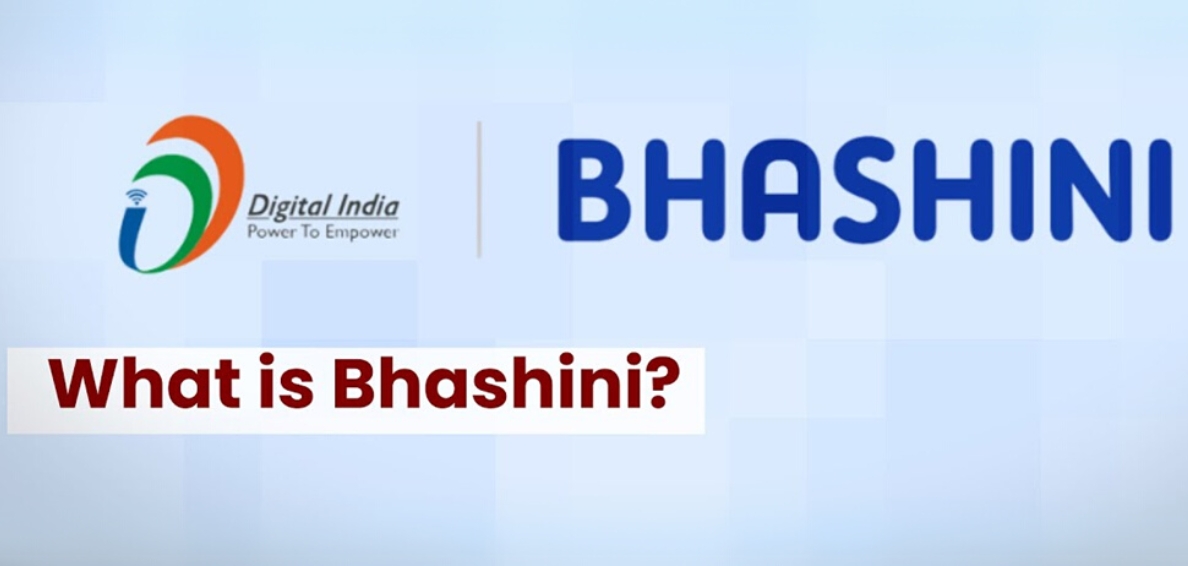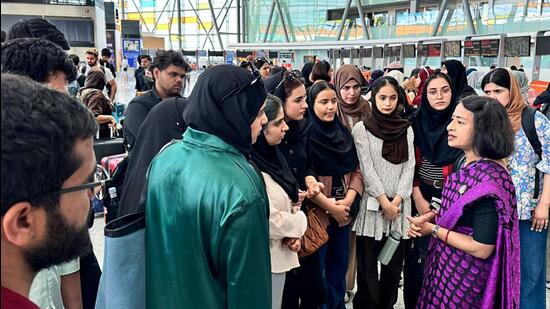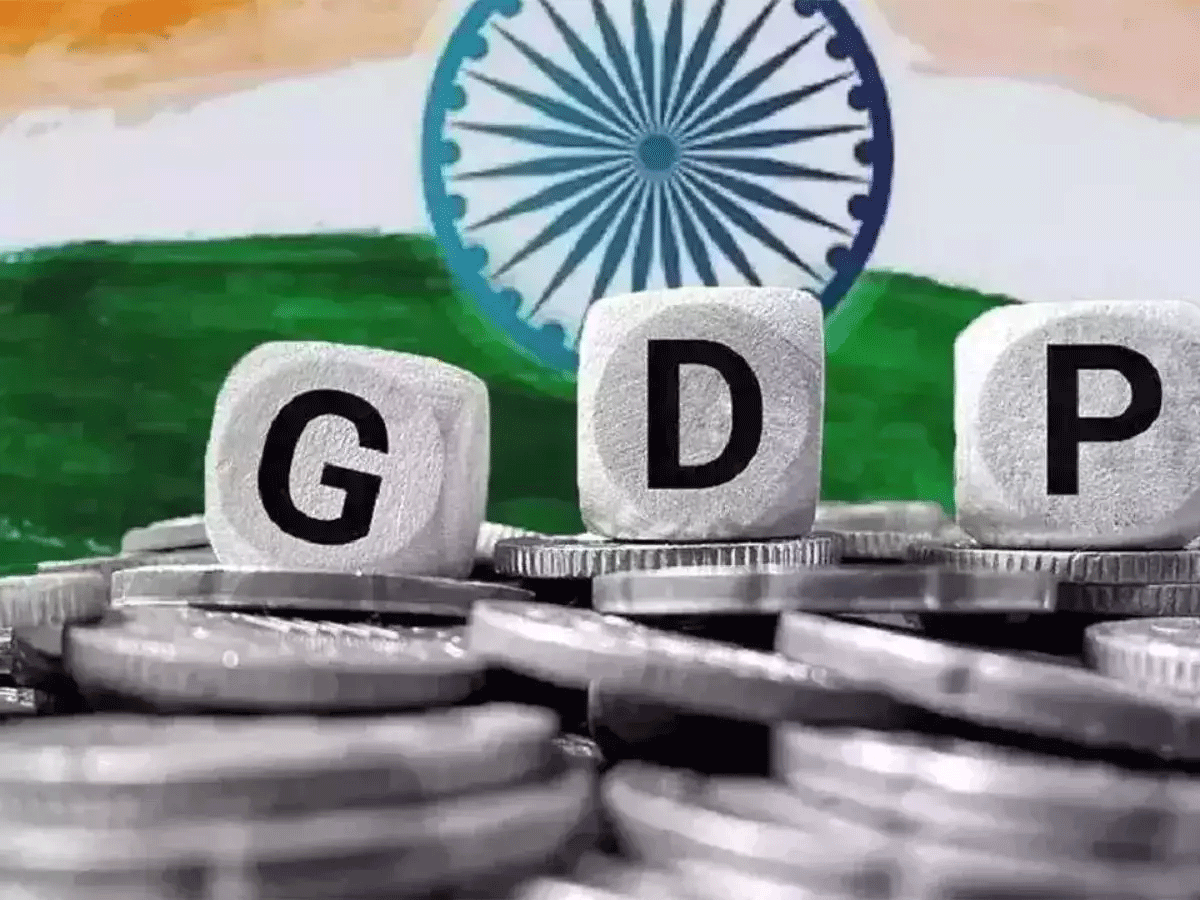- Courses
- GS Full Course 1 Year
- GS Full Course 2 Year
- GS Full Course 3 Year
- GS Full Course Till Selection
- Answer Alpha: Mains 2025 Mentorship
- MEP (Mains Enrichment Programme) Data, Facts
- Essay Target – 150+ Marks
- Online Program
- GS Recorded Course
- Polity
- Geography
- Economy
- Ancient, Medieval and Art & Culture AMAC
- Modern India, Post Independence & World History
- Environment
- Governance
- Science & Technology
- International Relations and Internal Security
- Disaster Management
- Ethics
- NCERT Current Affairs
- Indian Society and Social Issue
- NCERT- Science and Technology
- NCERT - Geography
- NCERT - Ancient History
- NCERT- World History
- NCERT Modern History
- CSAT
- 5 LAYERED ARJUNA Mentorship
- Public Administration Optional
- ABOUT US
- OUR TOPPERS
- TEST SERIES
- FREE STUDY MATERIAL
- VIDEOS
- CONTACT US
Bhashini-Enabled e-Shram Portal Now Available in All 22 Scheduled Languages
Bhashini-Enabled e-Shram Portal Now Available in All 22 Scheduled Languages
09-01-2025

- The e-Shram Portal, a key government initiative to support unorganised workers, has taken a significant step toward becoming more user-friendly and inclusive.
- On January 7, 2025, Union Minister Dr. Mansukh Mandaviya launched the portal's multilingual functionality, expanding its reach to all 22 Scheduled Languages of India.
- This upgrade aims to make the portal a 'One-Stop Solution' for unorganised workers to access social security and welfare schemes.
What is the e-Shram Portal?
- The e-Shram Portal is a digital platform designed to register unorganised workers in India, ensuring they have access to social security benefits and government welfare schemes.
- Previously, the portal was limited to only English, Hindi, Kannada, and Marathi, but with the integration of MEITY's Bhashini project, it now supports all 22 official languages.
Why This Change Matters?
- Inclusivity: By adding 22 Scheduled Languages, the portal is now accessible to a larger section of India's population, especially those in rural and remote areas.
- This ensures that language is no longer a barrier to accessing government benefits.
- User-Centric Design: The expansion aims to make the e-Shram portal more user-friendly, ensuring workers from diverse linguistic backgrounds can benefit from social welfare schemes designed for their welfare and livelihood.
- Wider Reach: As Dr. Mandaviya highlighted, the portal is seeing 30,000 registrations daily. With the multilingual update, the government hopes to increase this number and improve the social security outreach across all regions.
Key Features of the Updated e-Shram Portal
- Multilingual Functionality: Thanks to Bhashini, the portal is now available in all 22 Scheduled Languages, making it easier for users from different states and linguistic backgrounds to navigate.
- Government Schemes: The portal provides access to 12 government schemes, supporting unorganised workers in areas like health, education, and livelihood.
- Registration Ease: Registration on the portal enables access to various welfare and social security benefits, including state and central government programs.
- Collaborations: To ensure better outreach, mediators like Common Service Centres, Bank Correspondents, Post Offices, and MY Bharat Volunteers will be involved in helping workers register on the portal.
Future Initiatives and Goals
- Integration with State Programs: Efforts are underway to include relevant state government schemes alongside central programs on the e-Shram portal.
- BoCW & Gig Workers: Registration for Building and Other Construction Workers (BoCW) and gig/platform workers is being done on a mission mode to ensure they are also part of the social security net.
-
Upcoming Features:
- Launch of the e-Shram Mobile App.
- Introduction of a Single Common Application Form for easier registration.
- Integration with payment gateways to streamline benefit disbursements.
Impact on Unorganised Workers
The e-Shram Portal’s multilingual functionality is expected to:
- Improve access to benefits for millions of unorganised workers across India.
- Strengthen the government’s commitment to social security and welfare schemes.
- Enhance the ease of access to essential services for the workforce that often faces barriers due to language, geography, or lack of information.
Constitutional Provisions for the 8th ScheduleThe Eighth Schedule of the Indian Constitution lists the languages recognized for official use. The provisions related to it are in Article 344(1) and Article 351. Article 344(1): Commission for Hindi Use
Article 351: Promotion of Hindi
Languages in the Eighth ScheduleThe Eighth Schedule currently lists 22 languages:
Timeline of Additions
|
|
Also Read |
|
UPSC Foundation Course |
|
| CSAT Foundation Course | |




